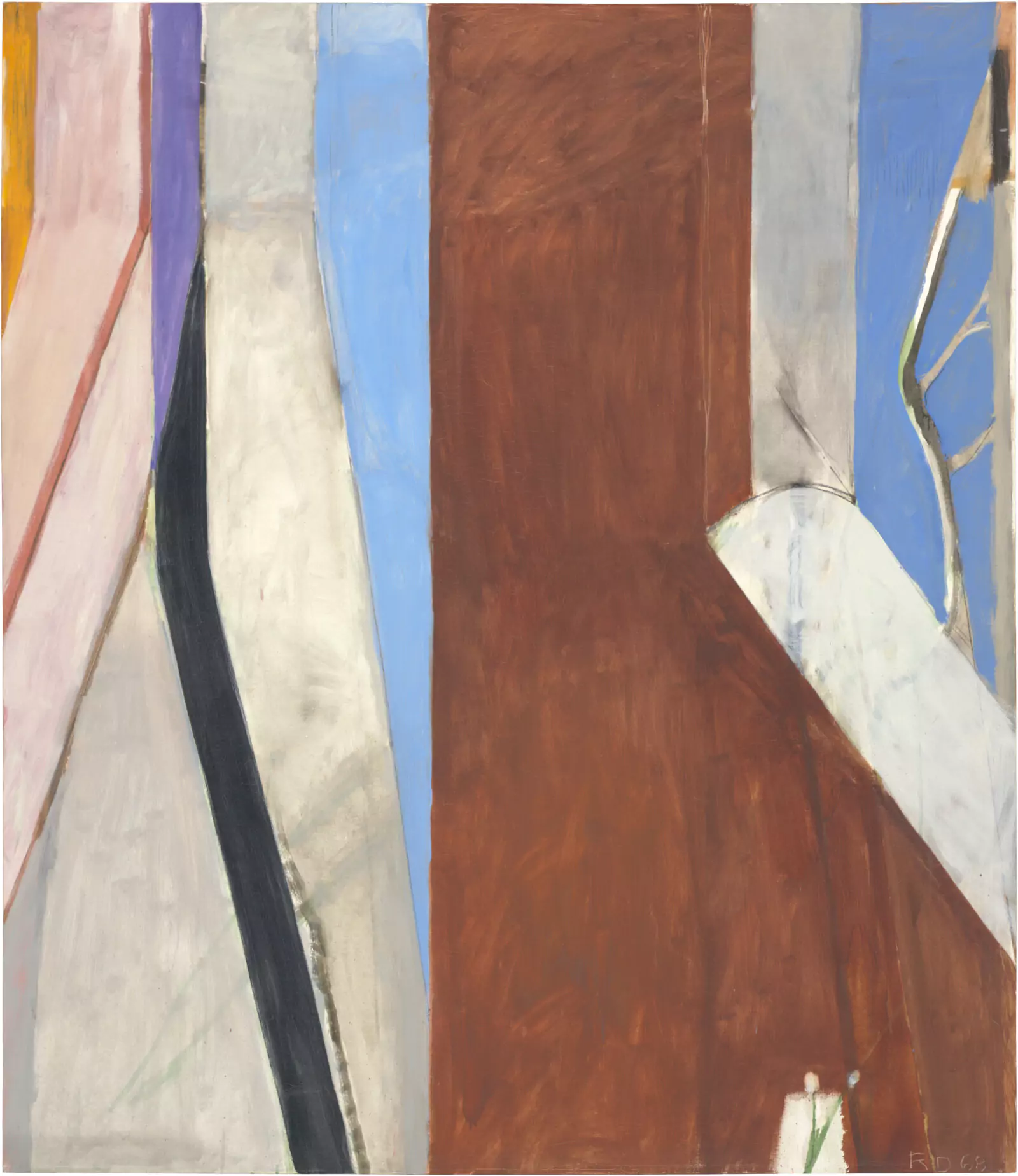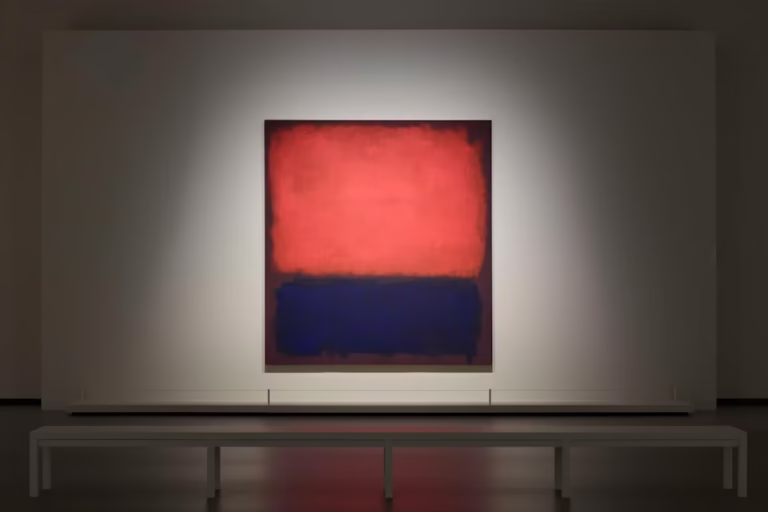Looking for a muse? Check no further. Discover the Best of Art, Culture, History & Beyond!

Artist : Richard Diebenkorn
Title : Ocean Park #12
Date: 1968 Medium: Oil and charcoal on canvas
Dimensions: 92 1/2 x 80 in. (235 x 203.2 cm)
Exhibitions
- Poindexter Gallery, Richard Diebenkorn11 May 1968 – 30 May 1968
- Baltimore Museum of Art, Md., Matisse/Diebenkorn23 October 2016 – 29 January 2017
- San Francisco Museum of Modern Art, Calif., Matisse/Diebenkorn11 March 2017 – 29 May 2017
Bibliography
- Richard Diebenkorn: The Ocean Park PaintingsArt International, Summer 1978
- Richard Diebenkorn: The Ocean Park Series2011
- Richard Diebenkorn: The Catalogue Raisonné2016
- Matisse/Diebenkorn2016
All paintings start out of a mood, out of a relationship with things or people, out of a complete visual impression. —Richard Diebenkorn
Richard Diebenkorn (1922–1993) produced, over a forty-five year span, a body of work whose beauty and mysteriously empathic nature has long attracted many devotees worldwide. He lived during the period of America’s great surge onto the world stage of visual art, working alongside the likes of Willem de Kooning, Philip Guston, and Joan Mitchell, but forging a decisively independent style. While still in his twenties he moved briefly to New York from his native San Francisco region, realizing that its artistic climate was the most stimulating locus in the United States, but soon returned to California where, aside from two important early years in Albuquerque, New Mexico, and a year teaching in Urbana, Illinois, he remained.
From a glorious early flowering in the language of Abstract Expressionism, where he responded directly to the light and landscapes of New Mexico and the urban Midwest, Diebenkorn turned to a prolonged period of making figurative and landscape art, going very much against the grain of his generation. A leader in Bay Area figurative painting, Diebenkorn produced work that was received with enormous affection and excitement by a wide audience. Then, quite abruptly in 1966, he turned to a new form of abstraction, again decisively different from his peers. Moving from Berkeley to Los Angeles, he proceeded to make the monumental abstract works known as the “Ocean Park” series, incorporating the lessons of two of his key influences, Henri Matisse and Piet Mondrian.
—Jane Livingston

This article is published on ArtAddict Galleria, where we explore the intersections of art, history, and culture. Stay tuned for more insights and discoveries!



